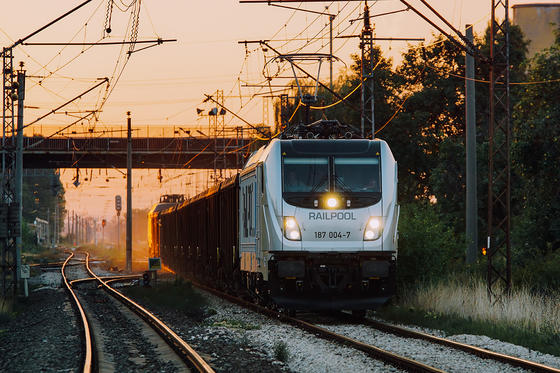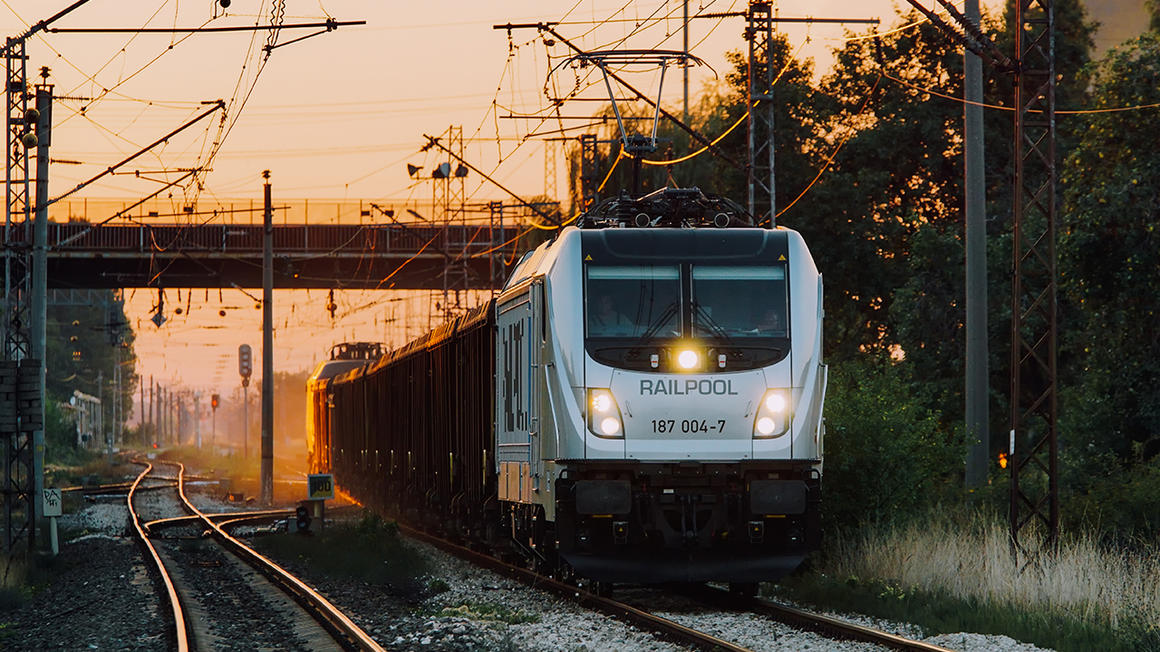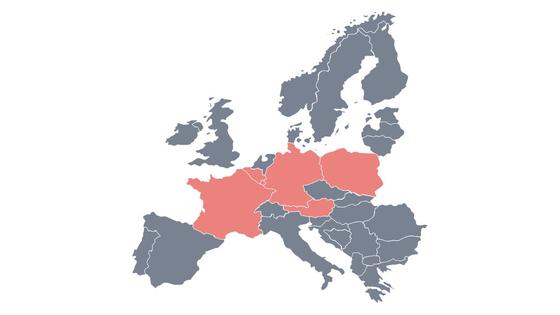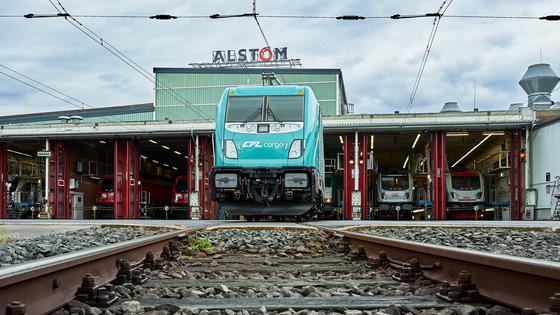
A greener future for freight? The power of cross-border locomotives
A greener future for freight? The power of cross-border locomotives

With the European freight market expected to grow by around 30% by 2030, rail freight undoubtedly has a crucial role to play. In Europe, road freight transport accounts for 75% of the total freight market, emitting around 155 g of CO2 per tonne-km, while rail only accounts for 18%, with CO2 emissions of just seven grammes per tonne-km (in electric traction). If we continue with the current modal split, annual CO2 emissions will increase to such an extent that meeting the Paris Agreement goals for 2030 will be challenging.
However, while rail transport has the potential to provide an environmentally-friendly alternative to road haulage, there are numerous limitations to its seamless execution. These include escalating costs associated with safety equipment, authorization and cross-border operations, the scarcity and management of skilled drivers, and the difficulties surrounding track access. To delve deeper into these challenges in the realm of international logistics, we turn to Adrian Kurz, Market & Portfolio Director for the Locomotives Rolling Stock Platform at Alstom.

Adrian is a locomotive expert and has been with the company for over 20 years, serving in various sales and marketing positions. He is based in Zurich where he analyses the various markets, guides the product directors in defining product development strategies and supports salespeople around the globe.
Connect with Adrian on LinkedIn!
What is the outlook and status of the rail freight market today?
The rail freight market in Europe is growing steadily, yet its share in the modal split remains stagnant. The combination of general economic growth and government-backed efforts towards decarbonisation provides a robust foundation for the continued expansion of railway freight. The EU rail freight volume currently stands at approximately 400 billion tonne-km, with noticeable growth in cross-border operations. In recent years, we have been observing new trends in this market.
For instance, the growing market share of leasing companies, which have distinct requirements focused on ensuring that their assets, typically locomotives, are leased throughout their lifecycle. Additionally, there is a movement towards minimising locomotive changes at country or system borders, where now only the locomotive drivers usually switch. Furthermore, digitalisation is increasingly being implemented in the railway freight industry to improve efficiency in every aspect of operations and maintenance.
What are the primary pain points for customers in the cross-border market?
The primary pain point of cross-border operation remains the competition from the road. To cope with this, all cost aspects are important, from the locomotive driver to track access, energy, purchasing and maintenance cost. The load per train-km is also relevant, i.e. how much load the locomotive is able to pull and how efficiently the operator is able to organise the traffic.
This may affect, for example, whether or not I need to buy expensive shunting services and how many locomotives are needed along the logistics chain. Here, cross-border locomotives play an important role in avoiding time-consuming uncoupling/coupling and brake tests – and therefore expensive locomotive changes at borders.

With rail freight widely seen as a sustainable alternative to road freight, how can Alstom respond to the difficulties faced by operators?
Alstom is ideally positioned to address the challenges faced by freight operators, thanks to its global experience – in India, South Africa, North America and certainly Europe – and the vast pool of innovative technologies and comprehensive support services for locomotives. First of all, our Traxx Universal™ locomotives demonstrate high cost-effectiveness through energy-optimised traction and a 33% extension of maintenance intervals compared to the previous generation of locomotives.
In addition, they have been designed to carry more load than comparable locomotives of the same class, allowing increased revenue for freight operators. They also include innovative features that guarantee further savings on cost and time. A good example of this is the Last Mile functionality, which ensures continued locomotive operation through dynamic transition into non-electrified line sections, such as rail yards, ports or terminals, including a remote control option. Moreover, the integration of our leading ETCS signalling system, Onvia Cab™ (formerly known as Atlas™), enhances the interoperability of our locomotives across Europe. Last but not least, our spacious and comfortable cab designs help boost job attractiveness, making it easier for operators to attract and retain skilled drivers in a competitive market.

What is the future of Alstom’s locomotives for cross-border freight operations?
Over the last few years, Alstom has signed several major contracts for its third-generation Traxx Universal locomotives. These locomotives will be able to operate in at least 12 European countries, with contracts from customers in seven different countries. And there’s more in the pipeline. This locomotive platform is optimally placed for future operations in Europe. We are making significant investments to combine this successful product with the Onvia signalling system that is excellently prepared for upcoming and continued developments in this field, i.e. DSD (Digitale Schiene Deutschland) or Digital Rail Germany as it is known in English – a plan to implement a fully digital, highly automated rail system), as well as for other features like new technology for last-mile applications, DAC (Digital Automatic Coupler) and more.



